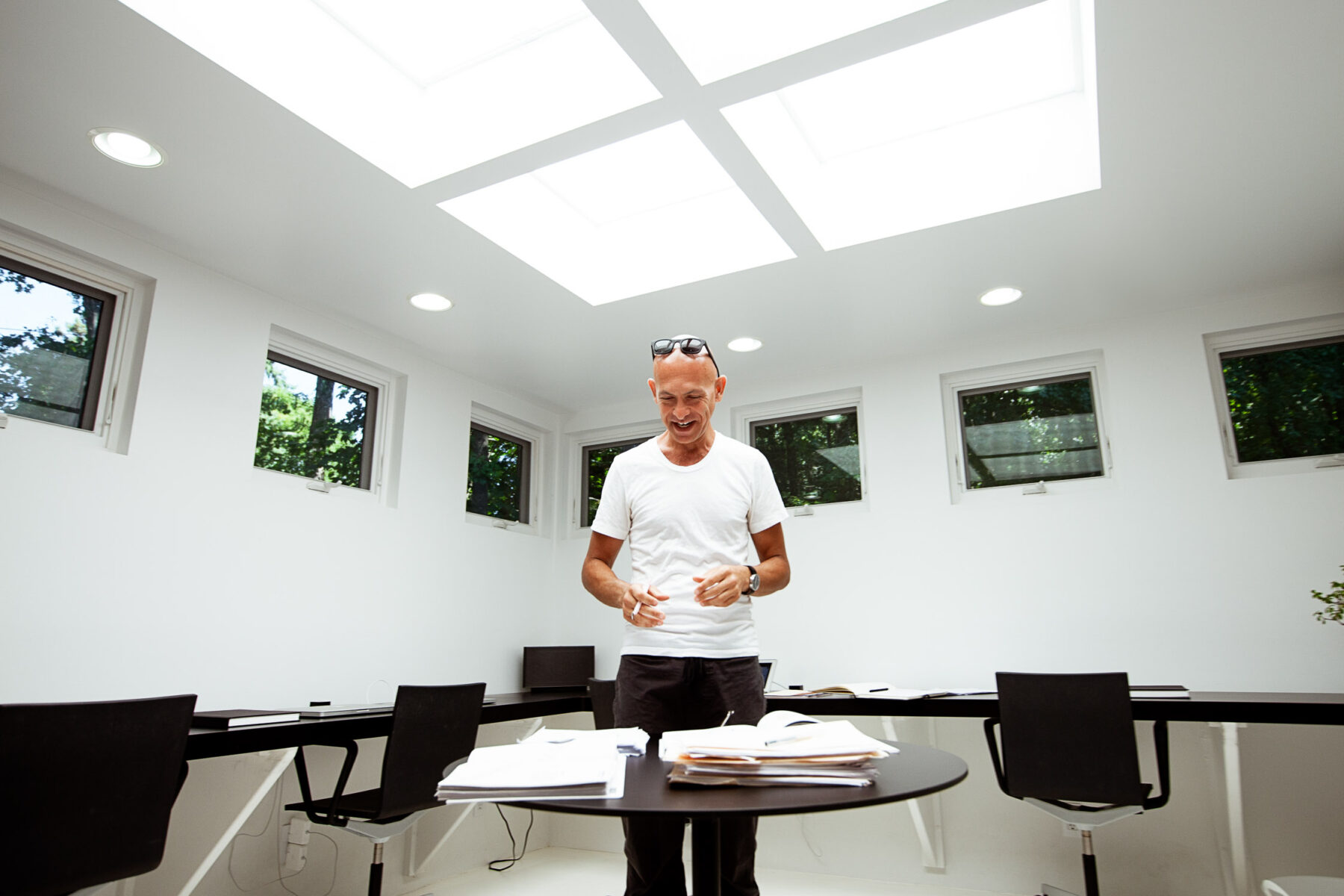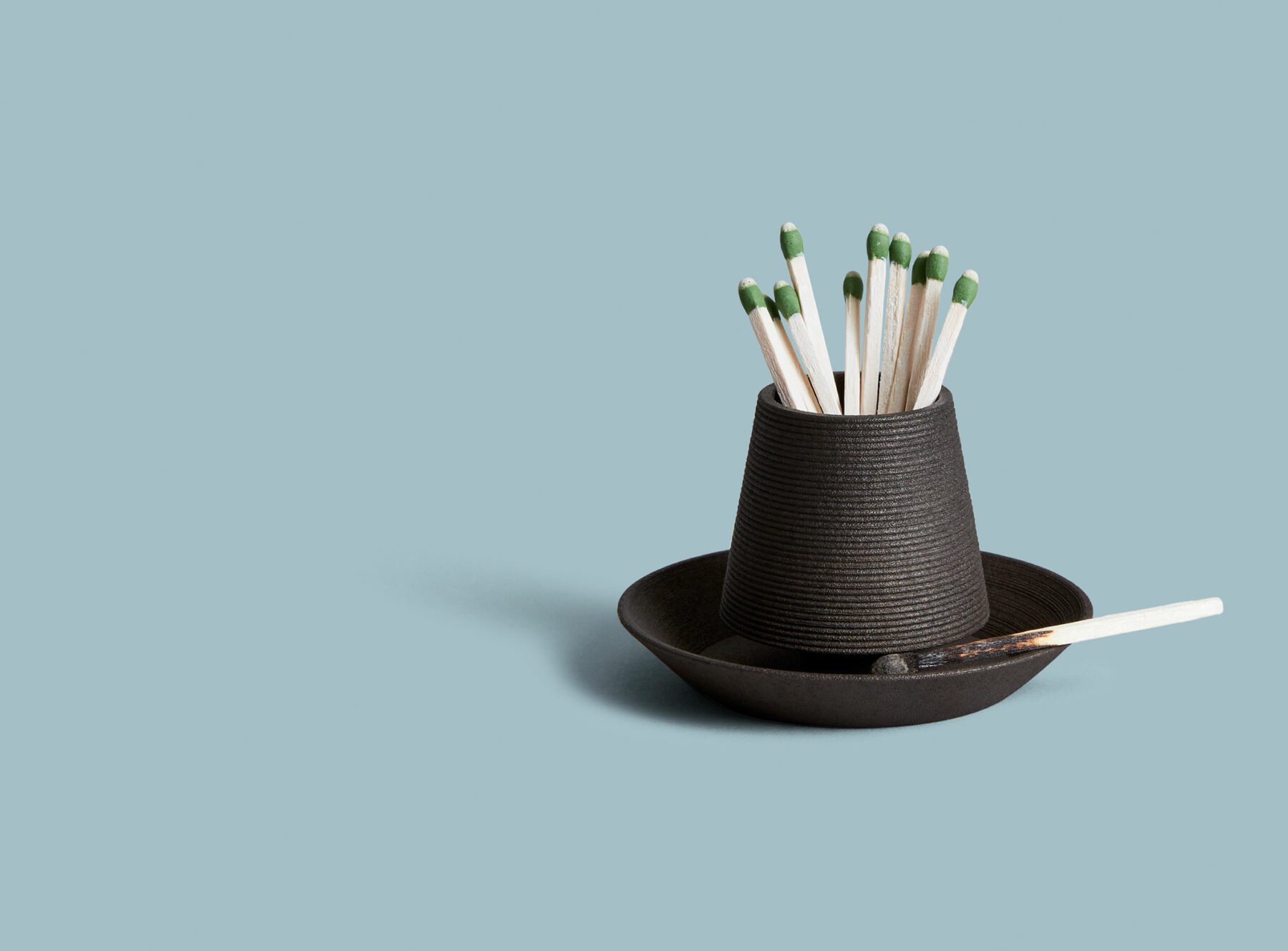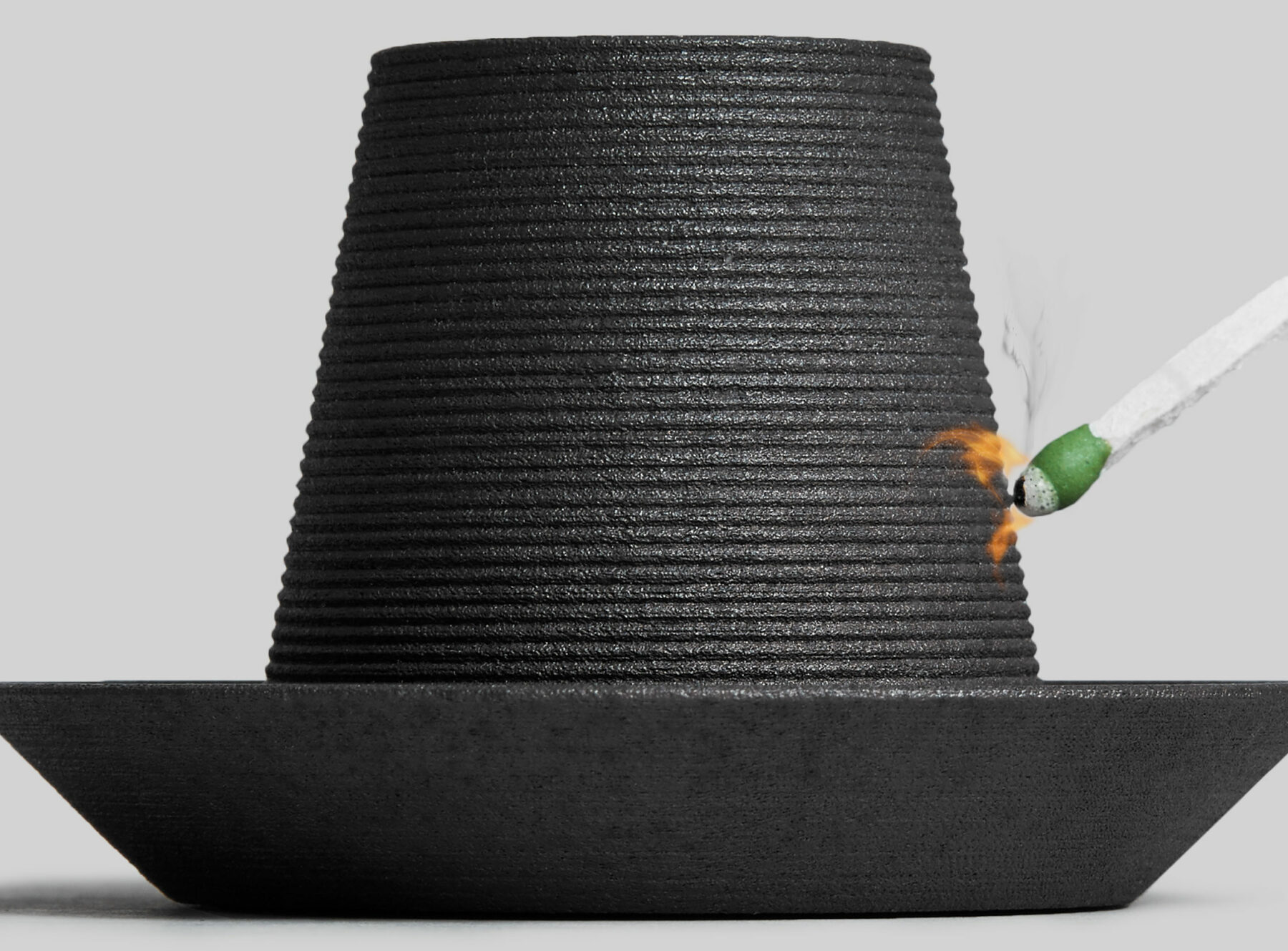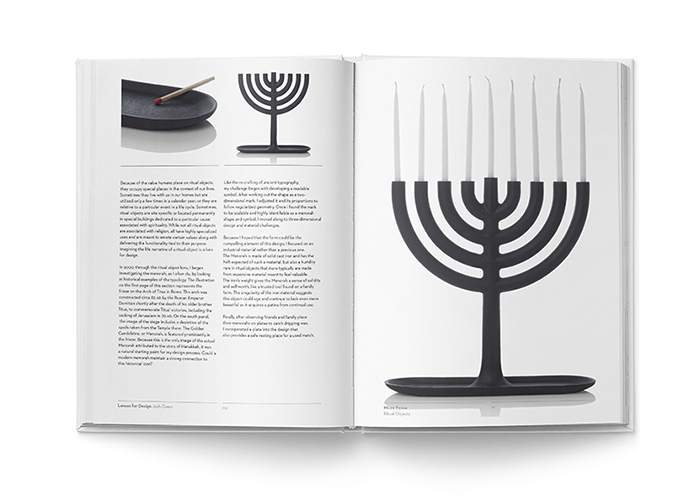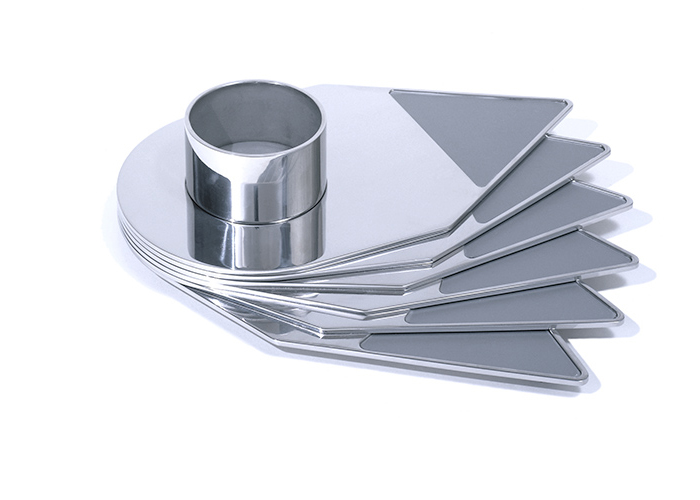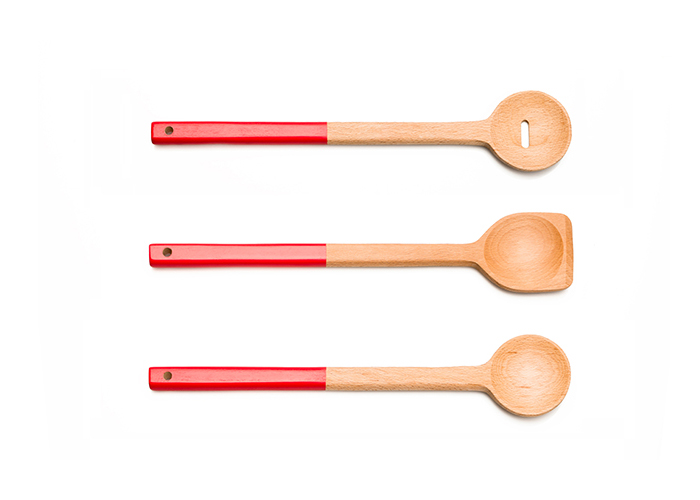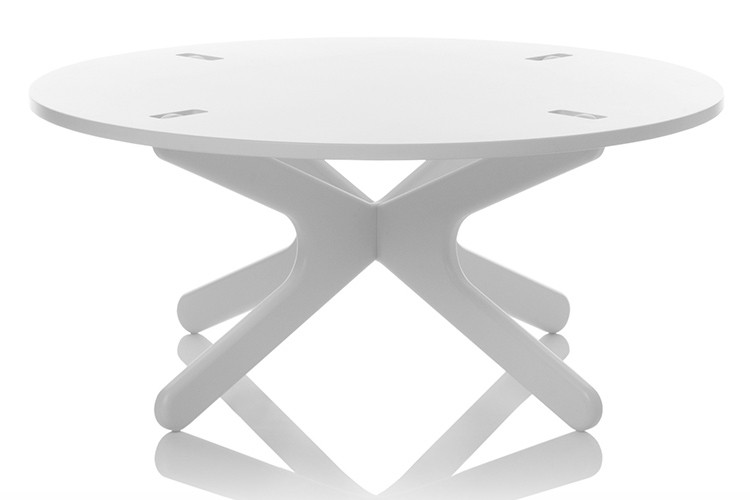“Nothing is simple, but everything should aspire to be,” writes Designer Josh Owen in the introduction of his book, Lenses for Design. And Josh definitely practices what he preaches— the obvious functionality of objects drummed up by the multi-disciplinary designer belie the thoughtfulness and intent that he imbues into each piece.
His approach to design is seemingly effortless—owed to Josh’s intuition for natural interactions and decades of experience in design. Aside from applying that experience and knowledge to creating minimal and refined objects and spaces, Josh also disseminates his humanistic approach to design as professor and chair of the Industrial Design Department at the Rochester Institute of Technology. We met with Josh at his home in Rochester, well away from the design hubs of the world, where he lives with his wife, two children and their dog.
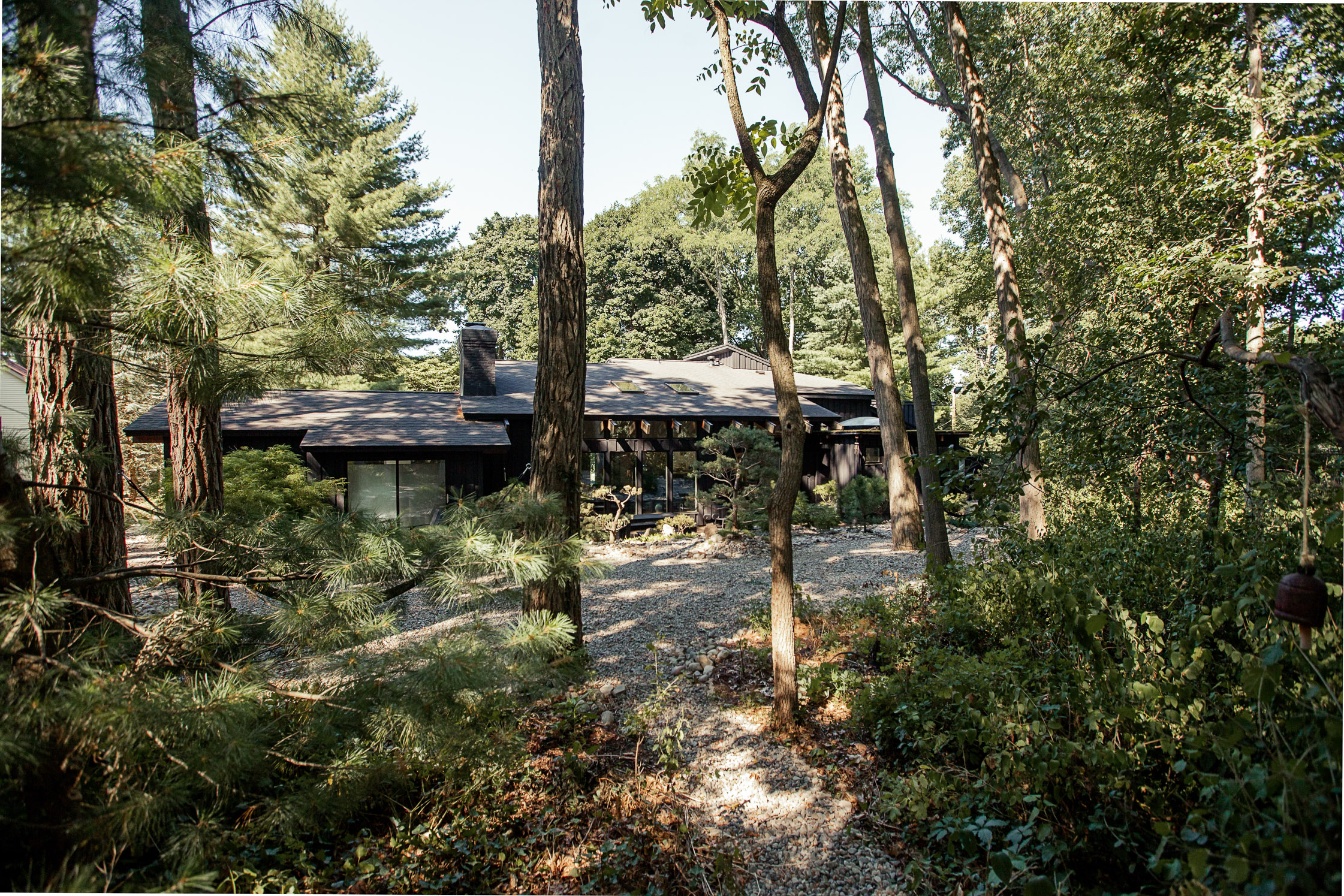
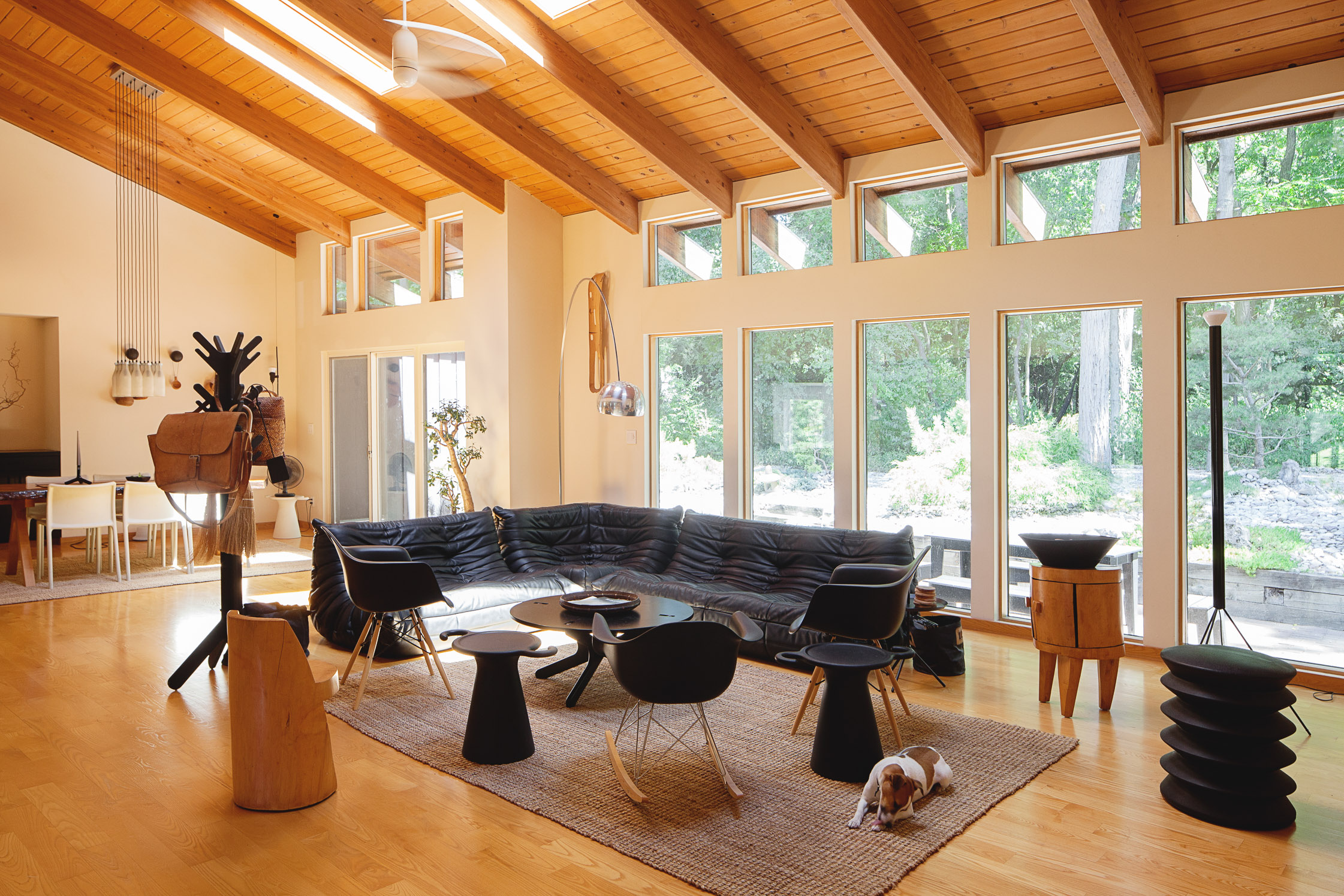
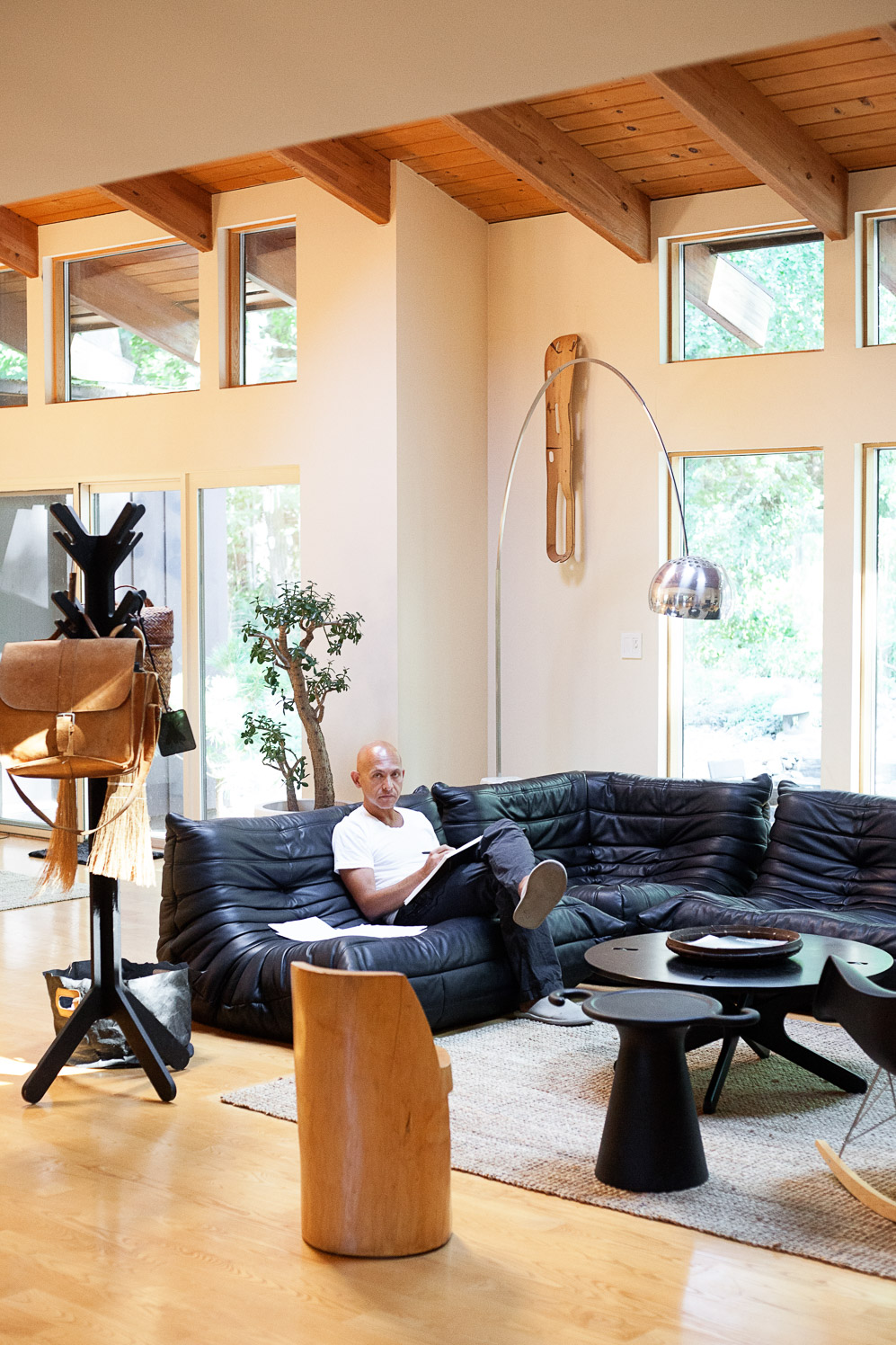
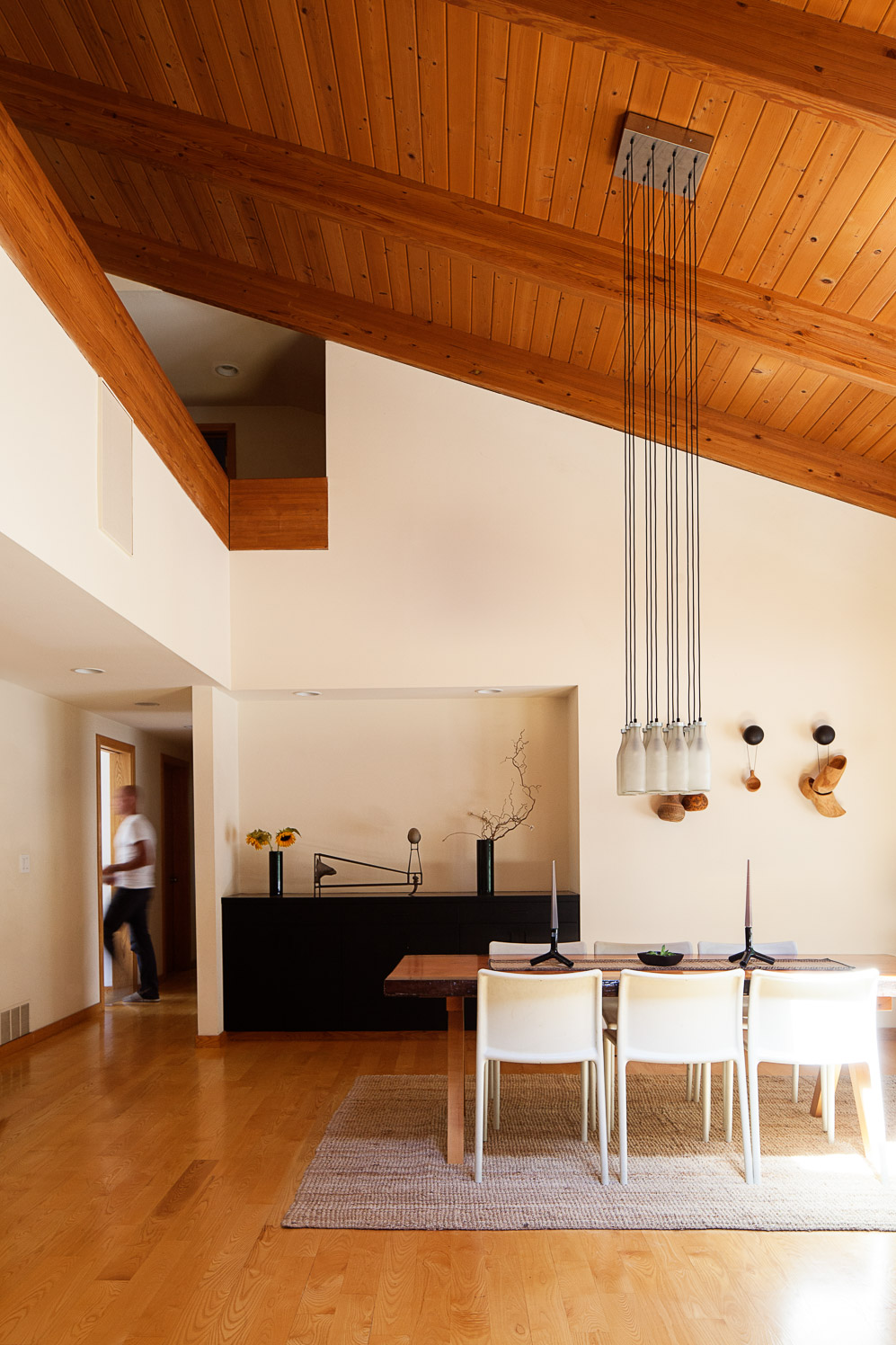
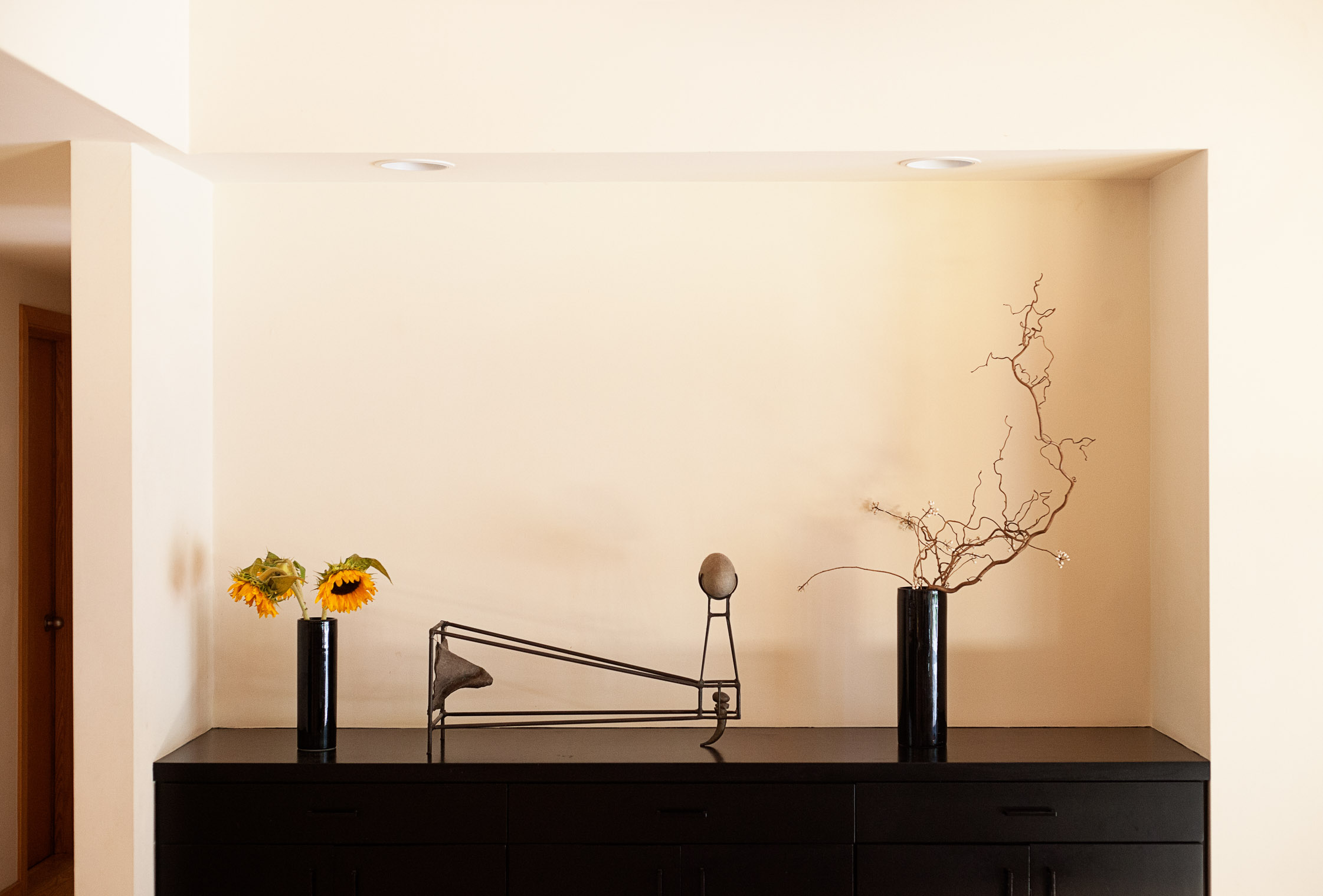
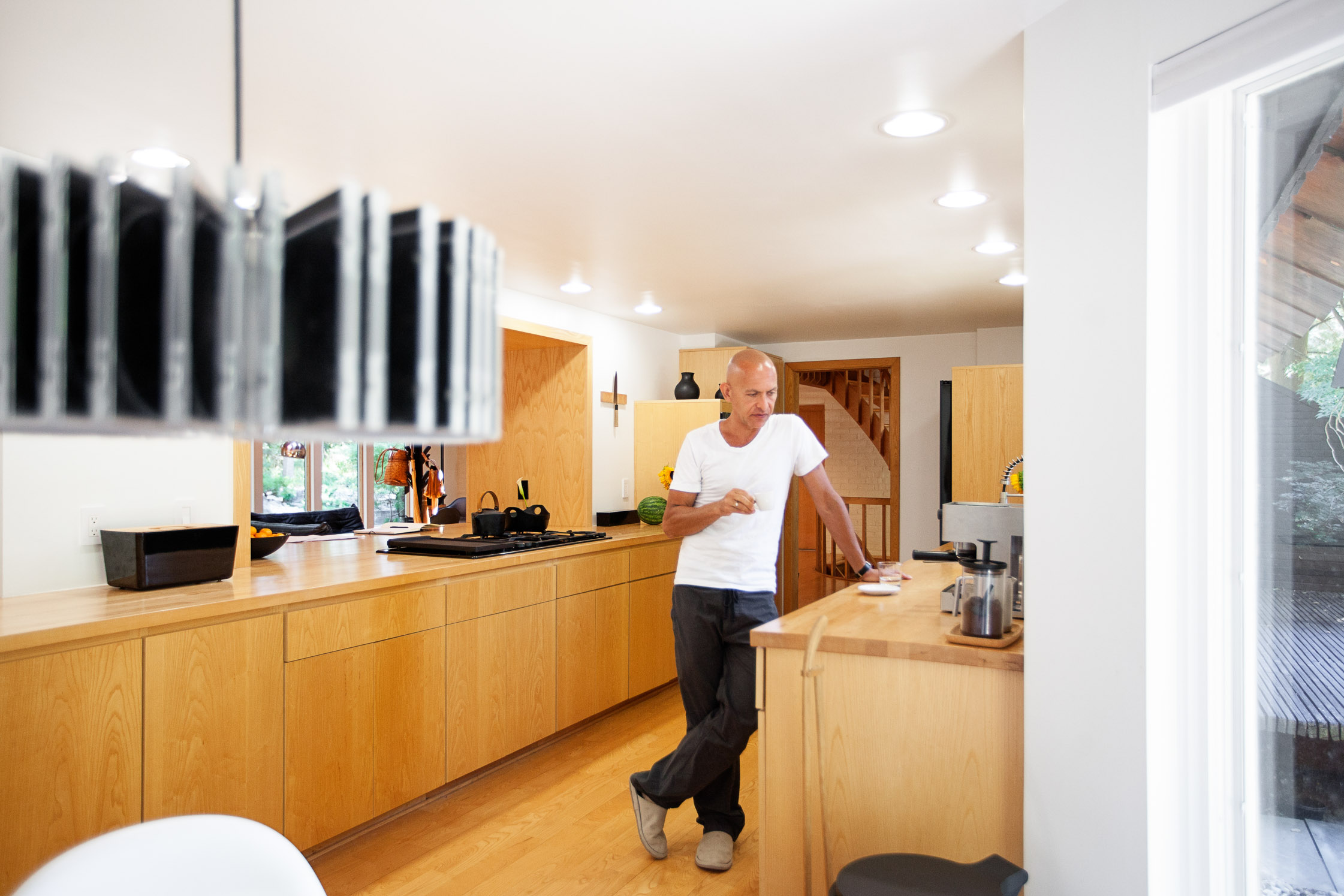
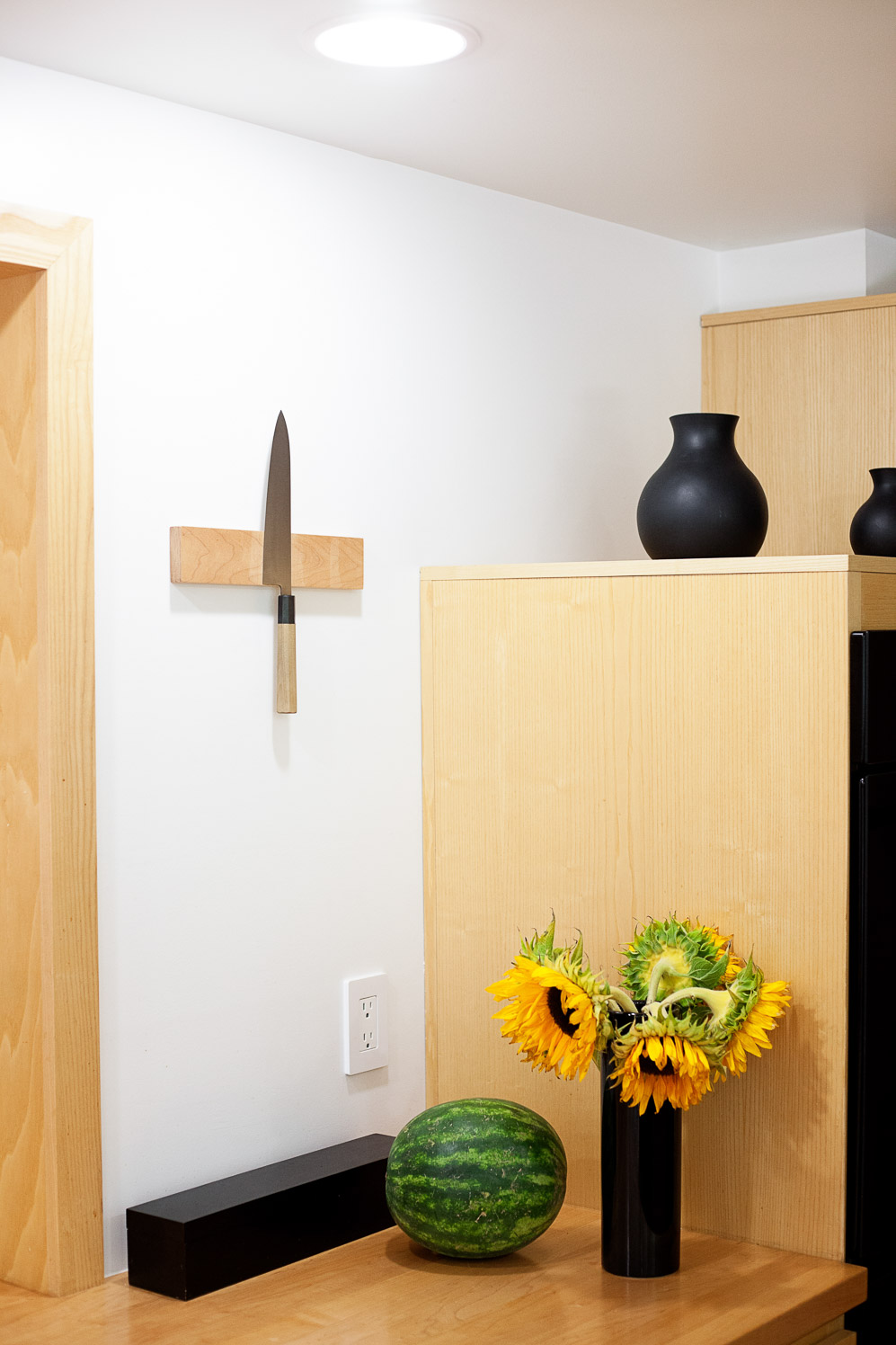
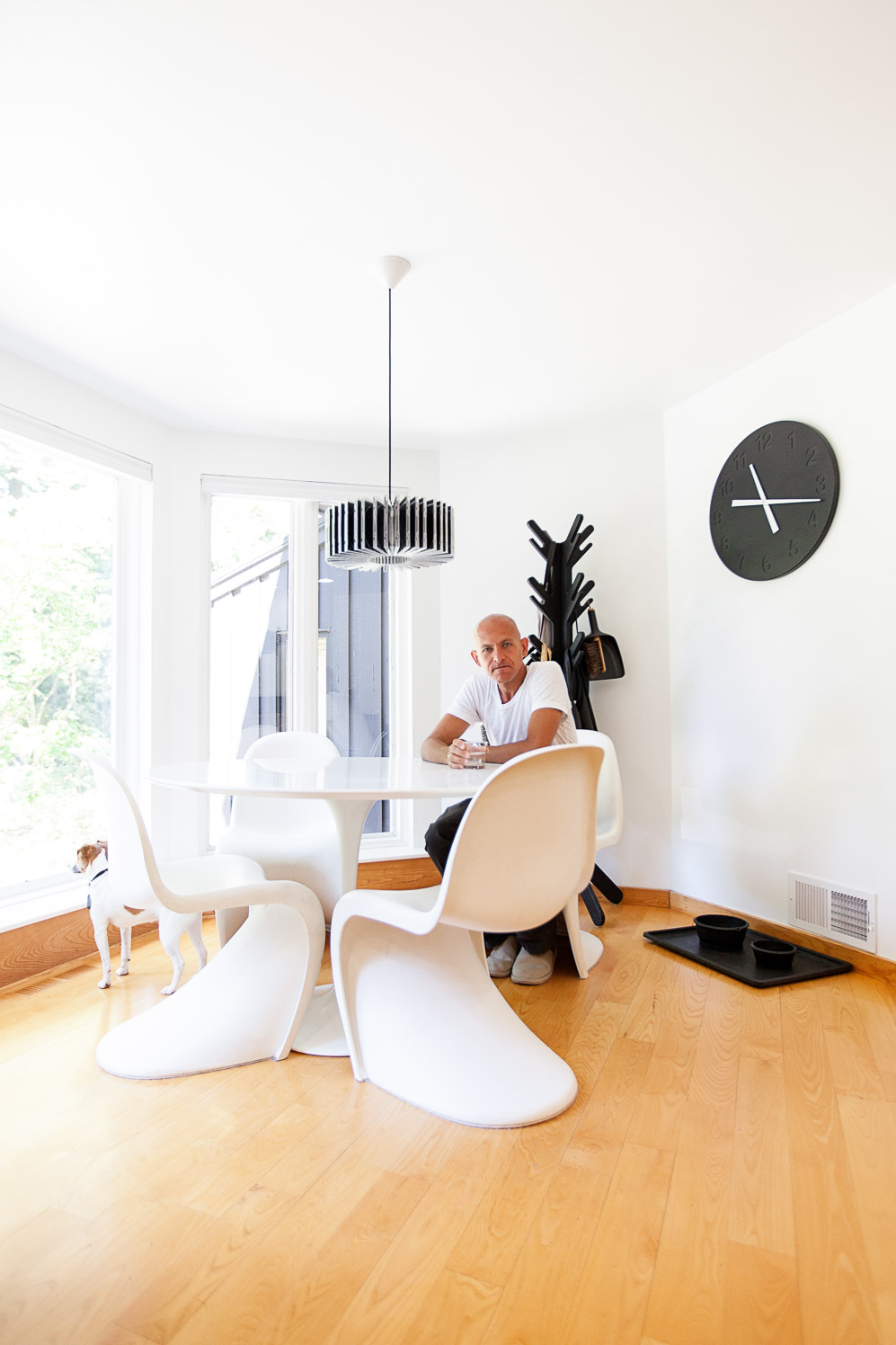
-
Tell us about the first object you ever designed.
When I was about five years old my mother was feeling under the weather and complained that her nose was cold. The story goes that I wanted to help her feel better so I cut out the egg cup portion of an egg-carton, inserted a cotton ball for comfort and insulation, then poked holes in the parallel sides of the cup, tying a length of elastic string to either side to act as a flexible head-strap. Worn like a mask, this solved her troubles.
-
What brought you to Rochester?
Rochester Institute of Technology (RIT) brought me to Rochester. However, my wife was also being recruited by the University of Rochester at the same time. It was an opportunity for a dual-career move that afforded us a return to a less urban lifestyle that we had lived previously in Philadelphia. We now live in a small village along the Erie Canal, facing the woods. It’s a wonderful place to raise our family and a fantastic base for global operations.
-
Tell us about how you got involved with OTHR.
I’ve always had a great deal of respect for Joe Doucet. I’ve watched his career evolve over the last decade and sent former students who were the right fit for his office to work with him. They have all benefitted greatly from his mentorship so we share an interest in being stewards of the next generation of designers. Joe and I bumped into each other this past year in Milan and he asked me then if I would consider working on something for OTHR. The conversation piqued my interest so I went out of my way to have a look at the brand launch in NYC. I was very impressed by the products and the way Joe, Evan and their team were managing the brand and was honored to be asked to join the group.
“For a designer to be effective, his or her impact should be socially relevant.”
-
What was it like working with 3D printing in mind? Do you find it easy to adapt to new production methods?
I found designing with the 3D printing process to be exciting because it has some new parameters, compared to many more commonplace, mass-production technologies. I consider myself ‘professionally curious’ when it comes to new methods, materials and technologies and am a quick adapter of things that make sense. In many cases it is new approaches which open the door to incrementally better outcomes than previously known – they allow us to dream a bit about a better world. I am something of a romantic pragmatist in that respect.
-
What excites you most about the platform?
I’m very excited about pushing the technology and the infrastructure around design, production and distribution. I am also very happy to be part of a group of like-minded individuals who share some strong core values. A good ‘brand’ is always more than the sum of its parts but it helps a great deal when the parts are all operating at a high level.
-
How do you define success as a designer?
This is a good question. For me success is three-fold: Social, Critical, and Commercial. For a designer to be effective, his or her impact should be socially relevant. In that capacity I work as an educator to help others move their ideas forward and empower them to make enduring decisions. Critical success means that the work that one does is judged by peers and professionals to operate at the highest levels. When my projects (or the projects of my students) win juried awards or are included in exhibitions, publications or museum collections, this is Critical success. Commercial success means that the one’s contribution has been accepted as useful in the world and contributes to the economic ecosystem.
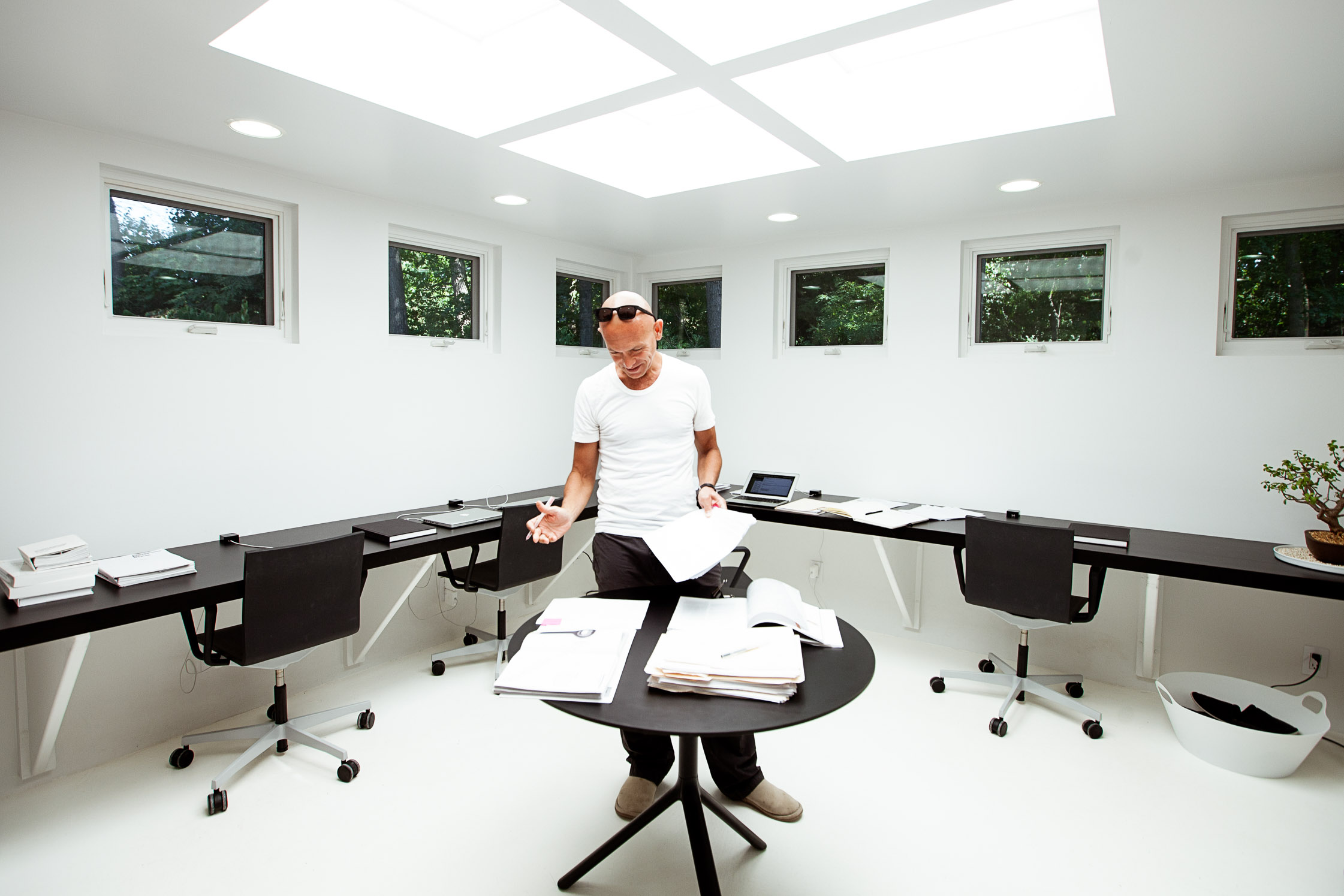
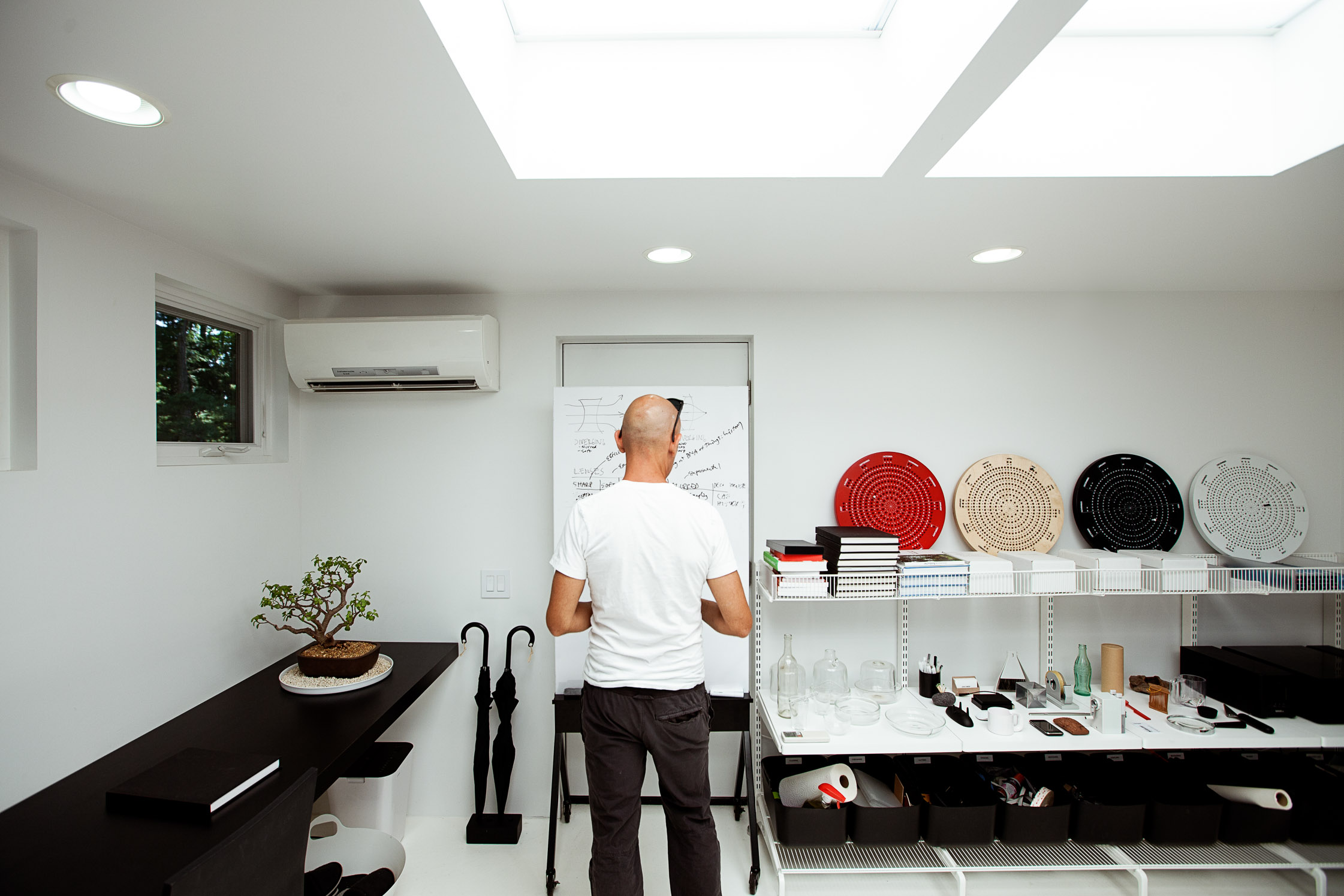
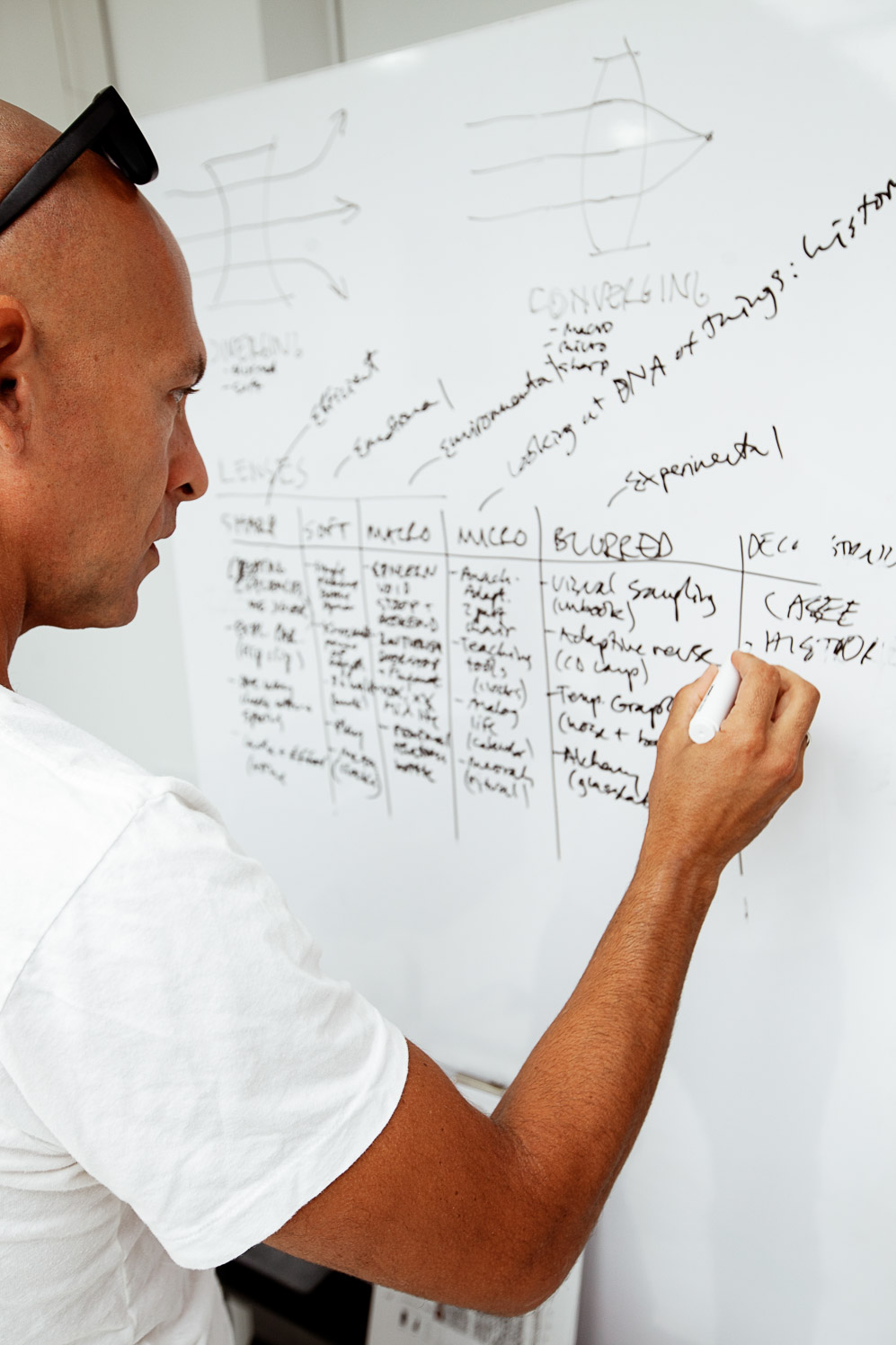
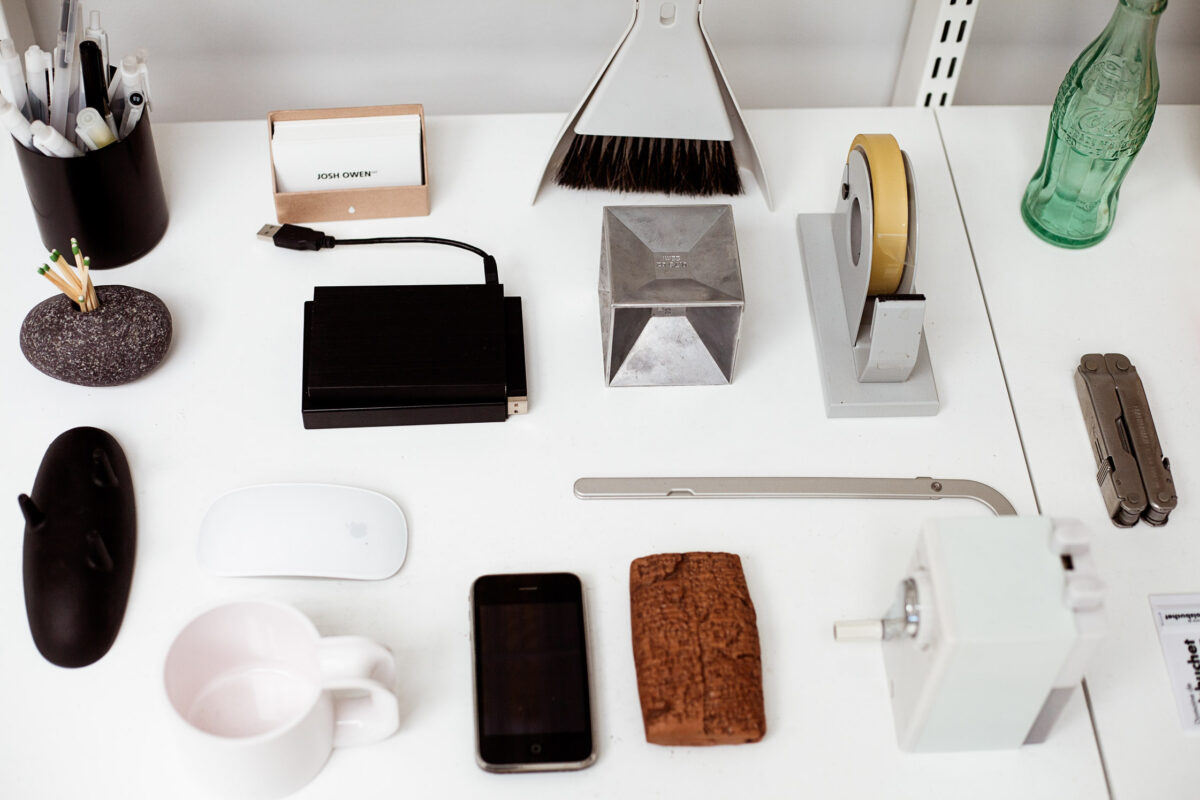
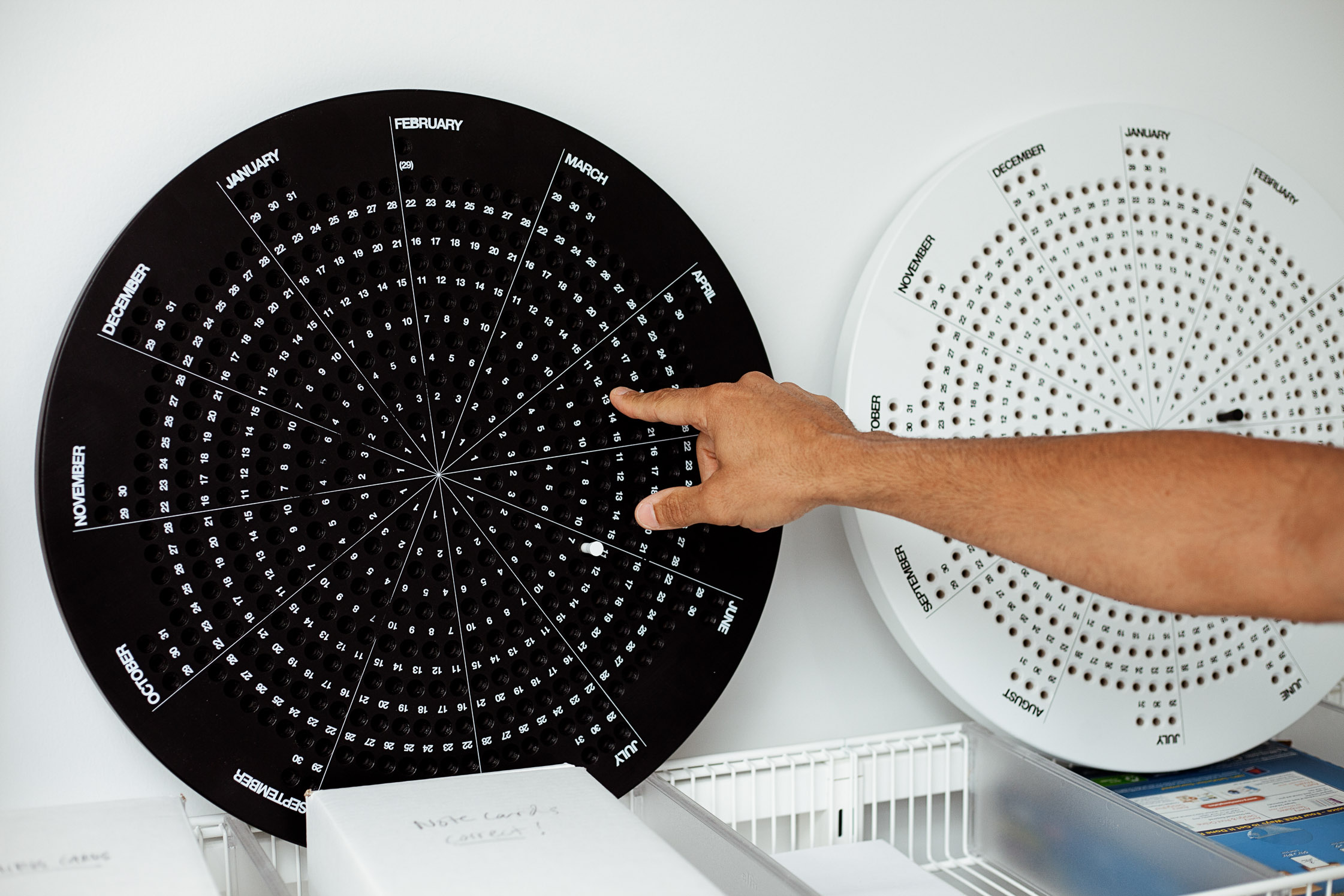
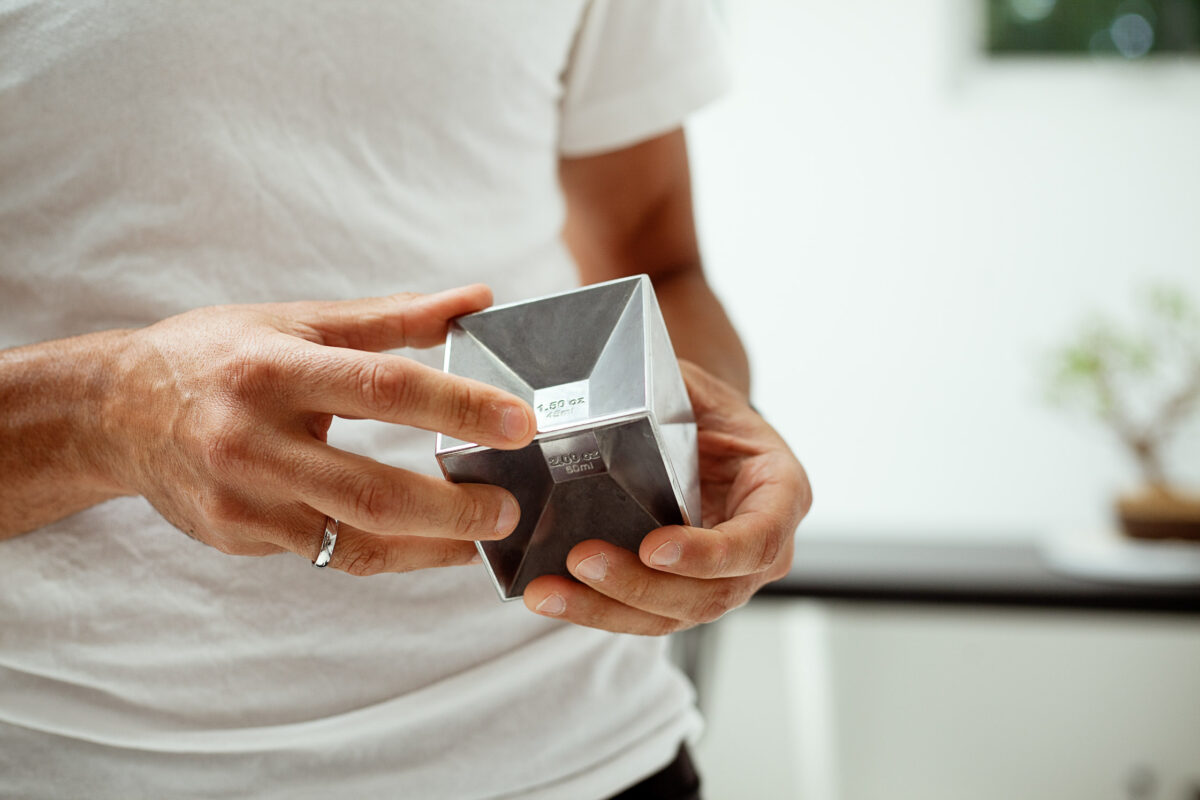
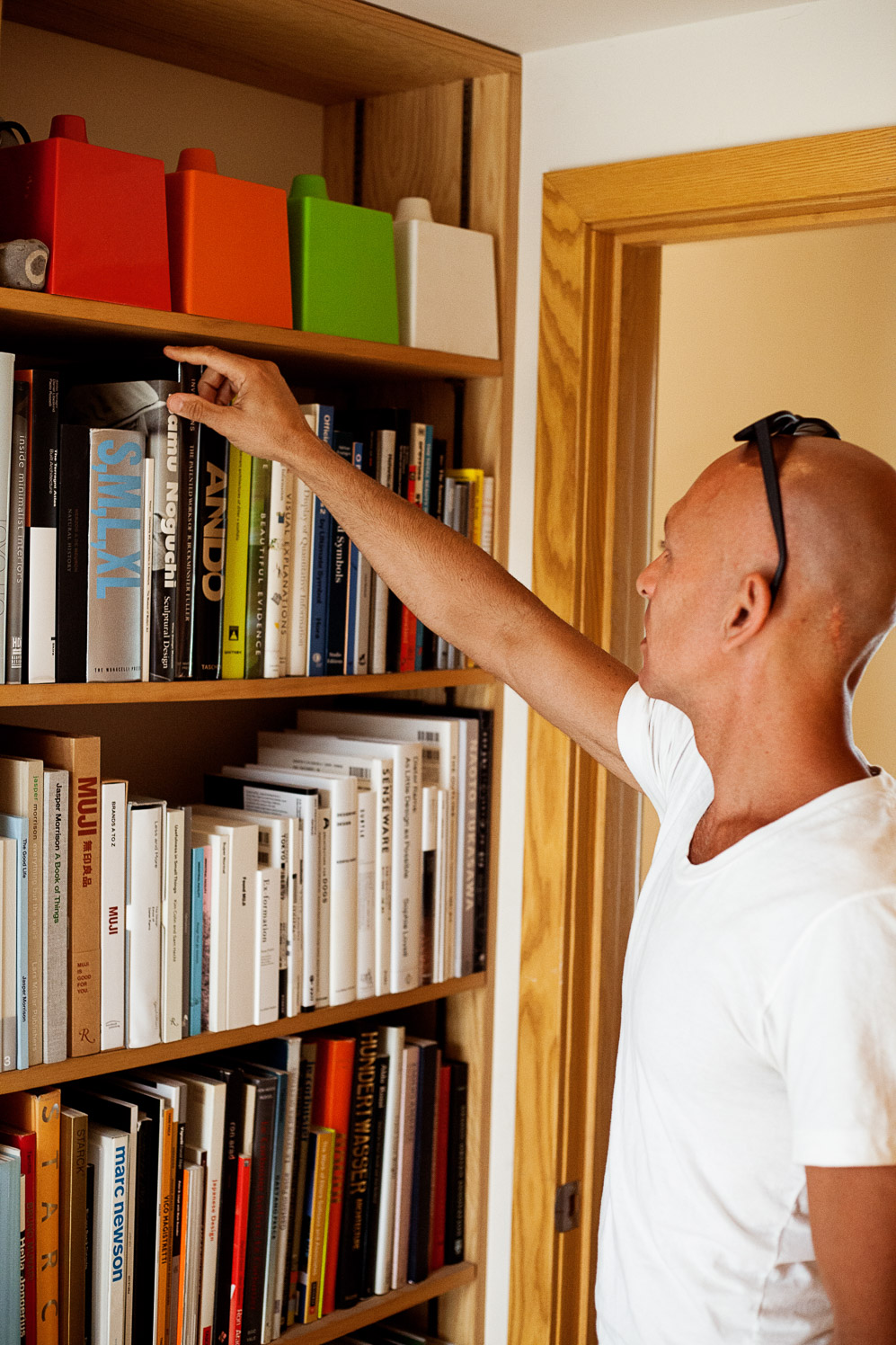
A selection of Josh’s works
Re-envisioning daily objects
-
You are currently a professor and the chair of the Industrial Design program at RIT. How does being an educator affect how you think about design?
There is a great deal of reciprocity between my role as an educator and my identity as a designer. I am constantly challenged by attempting to distill the lessons of industry into the classroom. This is a never-ending cycle of following the evolution of culture and technology and looking for ways to impart a passion for the field into the exercises employed to create learning opportunities. Conversely I bring these lessons back to my clients. I’ve just written a book about this entitled “Lenses for Design.”
-
What is the best design advice that you have received?
My friend and colleague, the late Massimo Vignelli once told me that ‘it is not what you do that counts but how you do it that is relevant.’ There is something in this statement that transcends advice that is specific to design that I like. It implies that design is bigger than what we (as a global culture) generally think of and encompasses our actions, our intentions and the web of relationships we build and the communities we participate in.
“Time off from work is one of the most precious gifts we have.”
-
What does time off mean to you and how does it influence your design?
Time off from work is one of the most precious gifts we have. Experiencing other cultures is important to me. Doing it with my family is a wonderful way to share the joys of observation – seeing the ways that other peoples have addressed the challenges and the pleasures of life on this planet is the best way to avoid hate and bigotry. Visiting new places is always a privilege.
-
Who or what is your biggest design influence?
I can’t say that I’ve had a singularly formative design influence. I’ve had many travels, experiences and mentors over the years and I prize each for the role they’ve played in the formation of my life and career.
-
How would you define your aesthetic?
I do not have what I would refer to as an aesthetic because that implies a stylistic approach. I do have a method which favors restraint and a focus on utility.
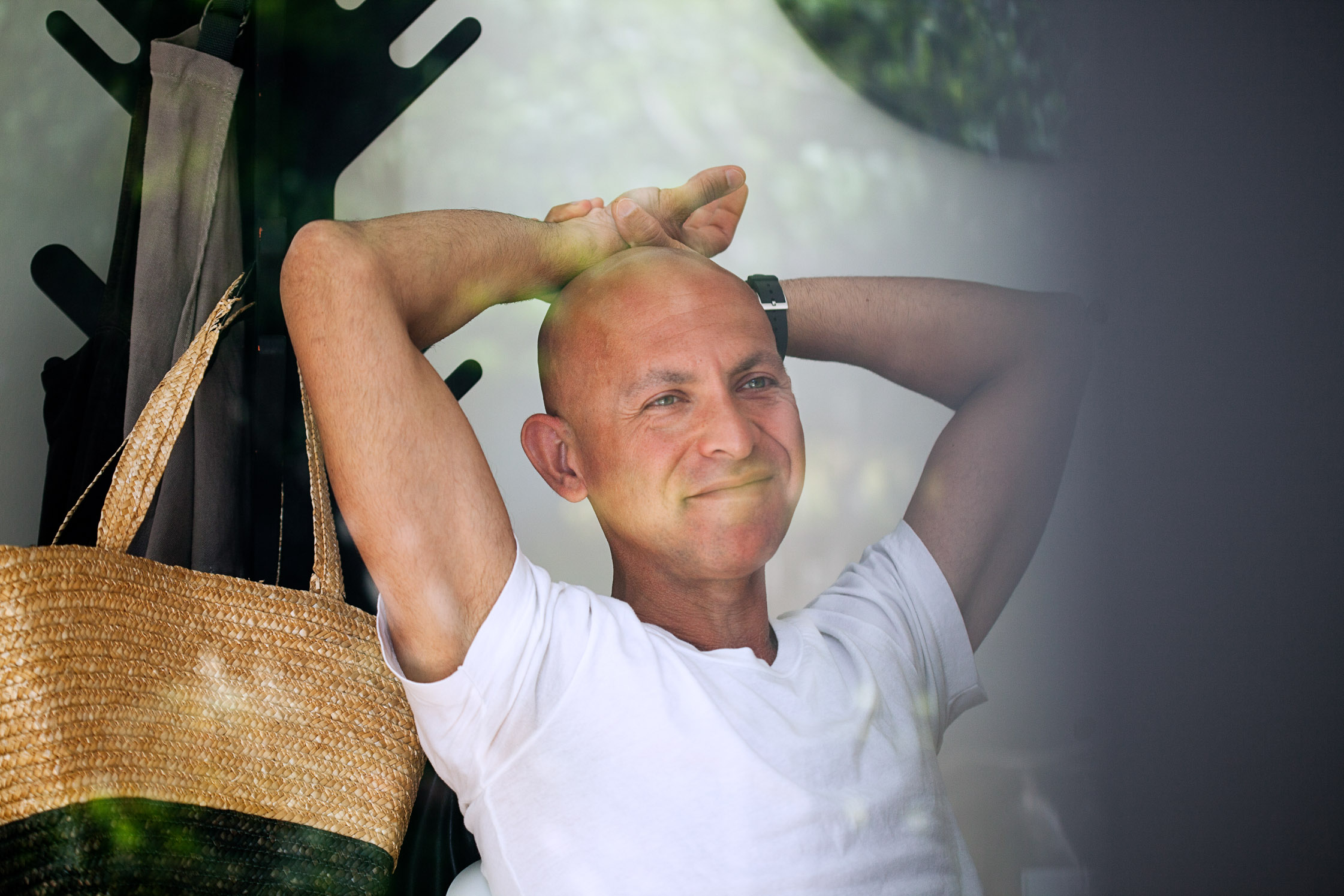
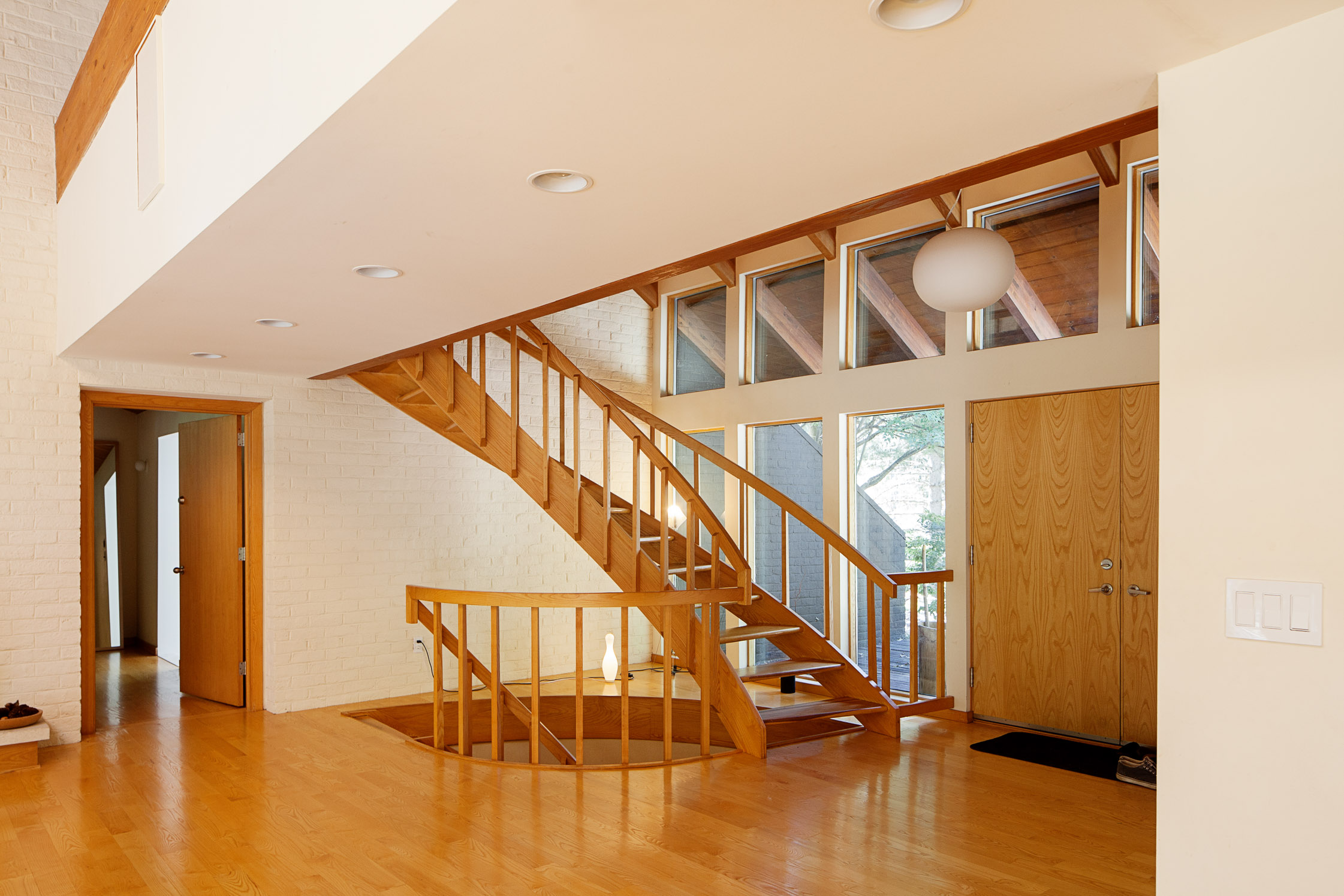
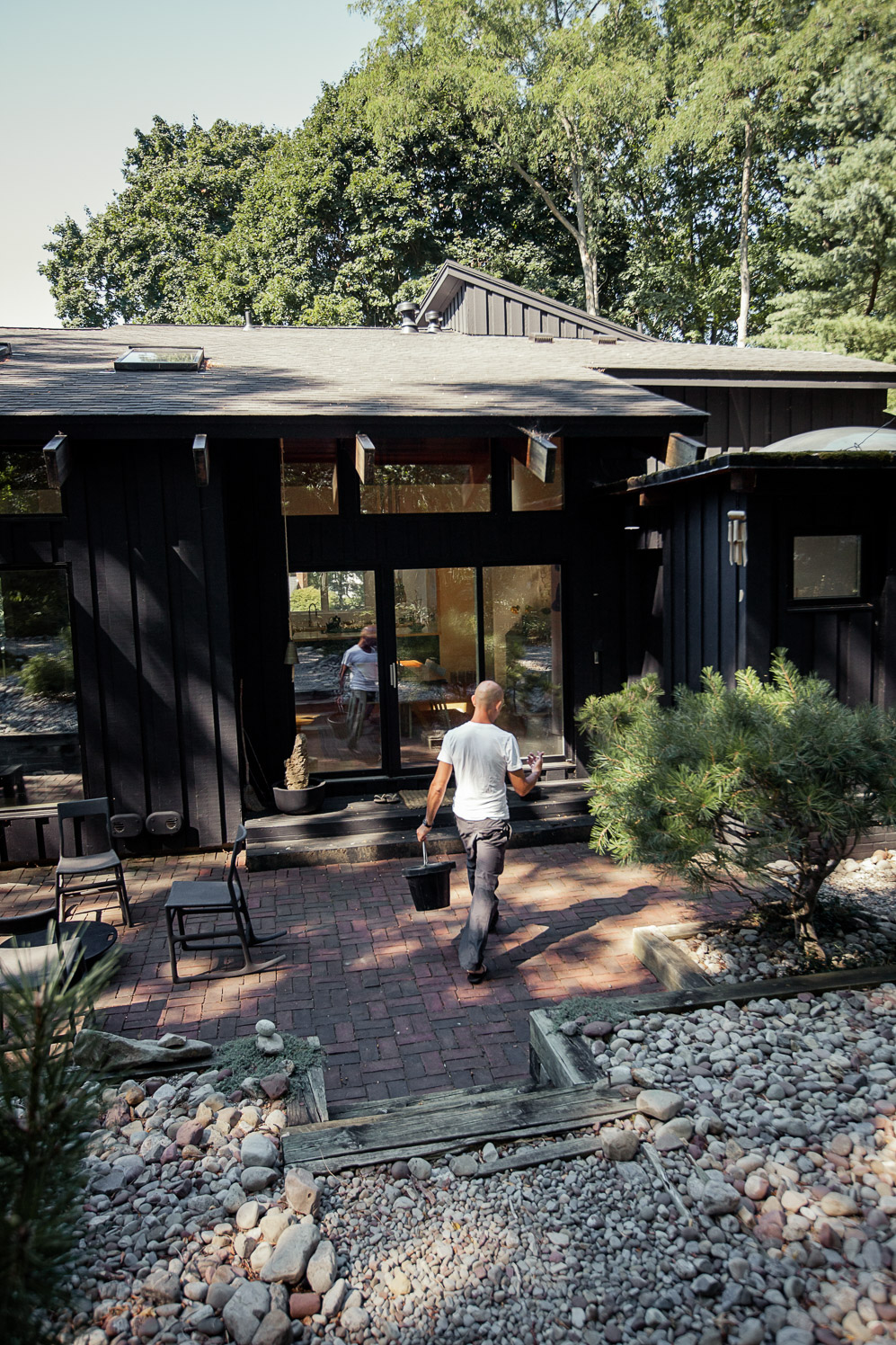
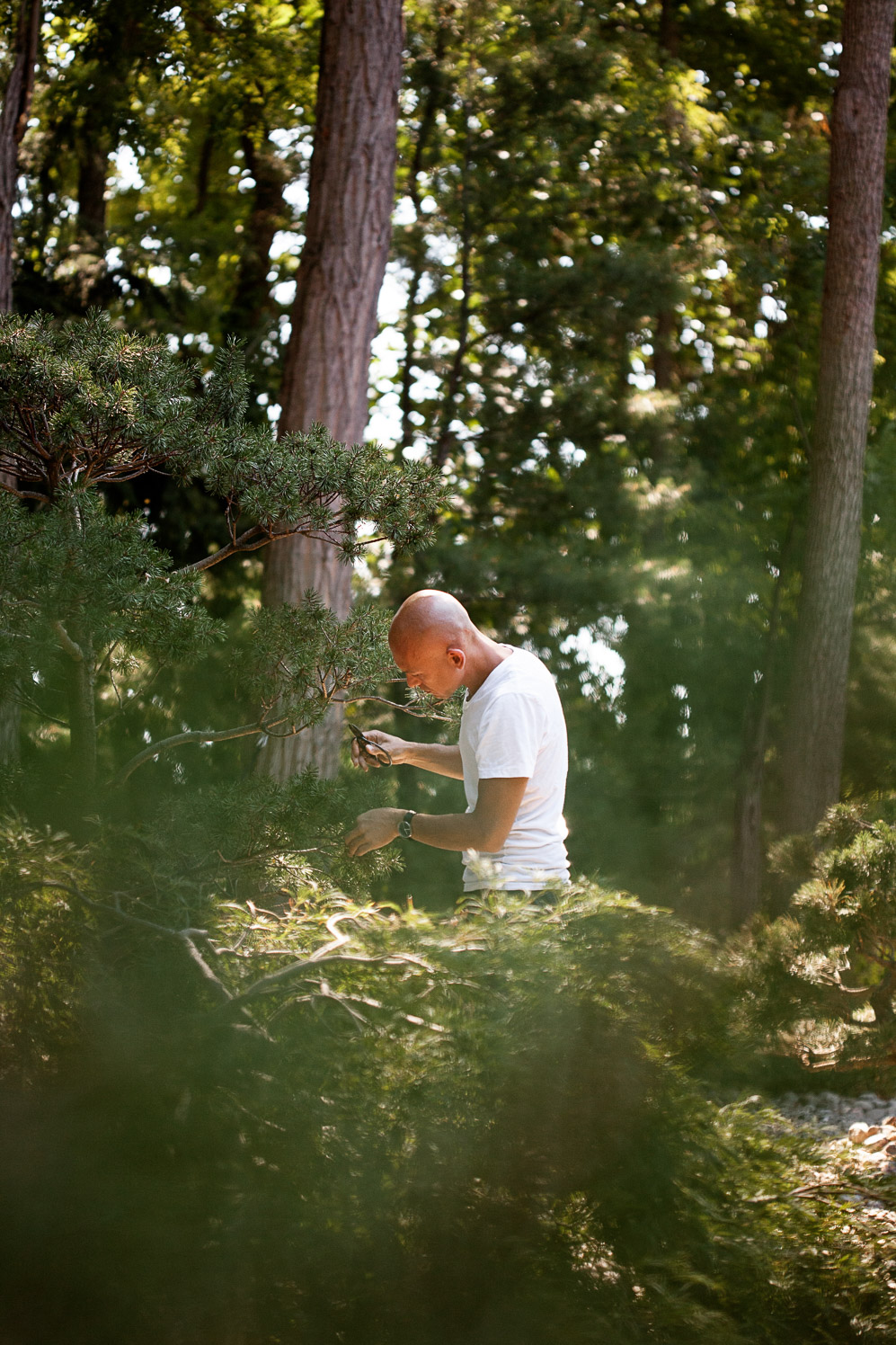
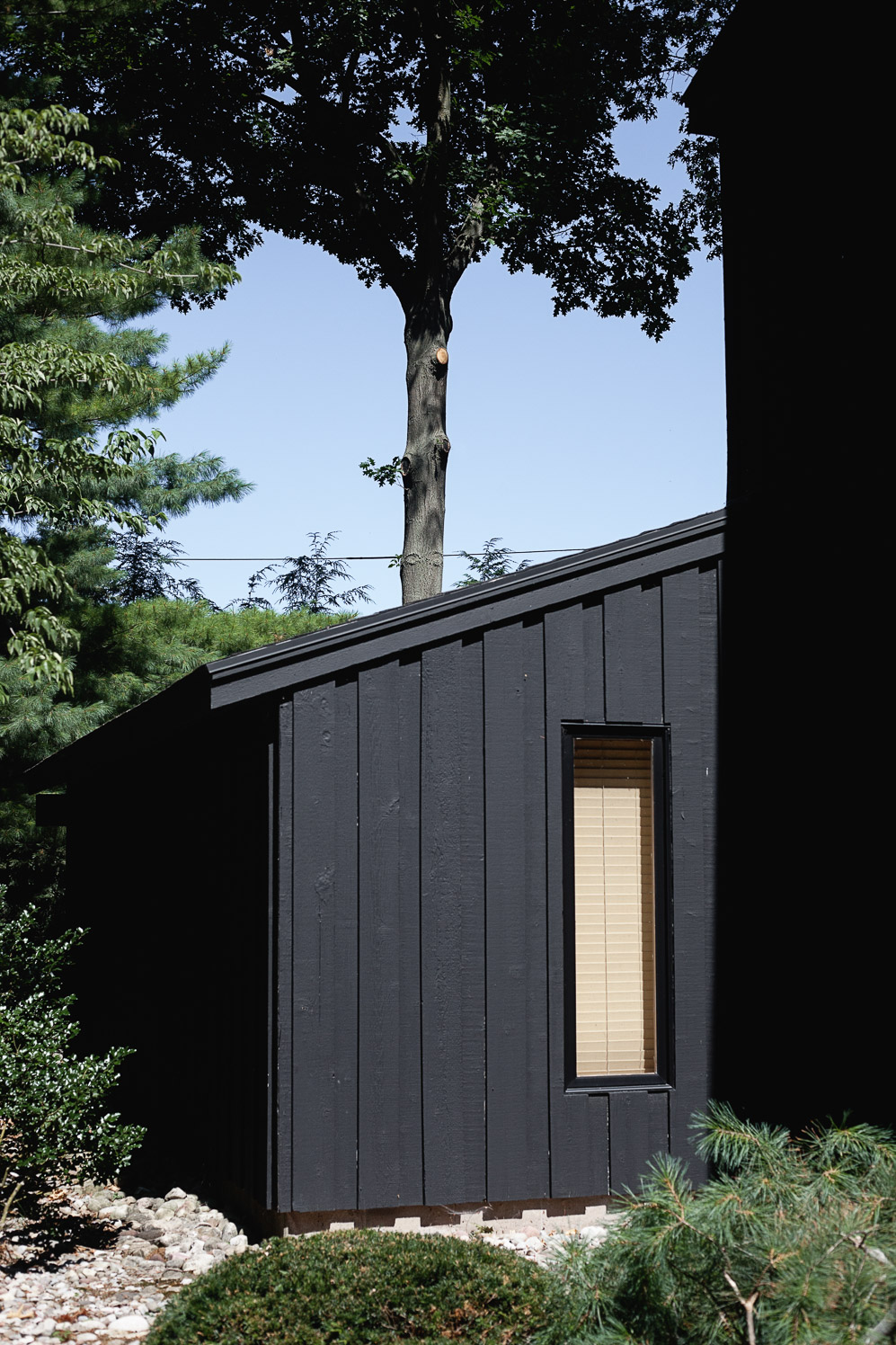
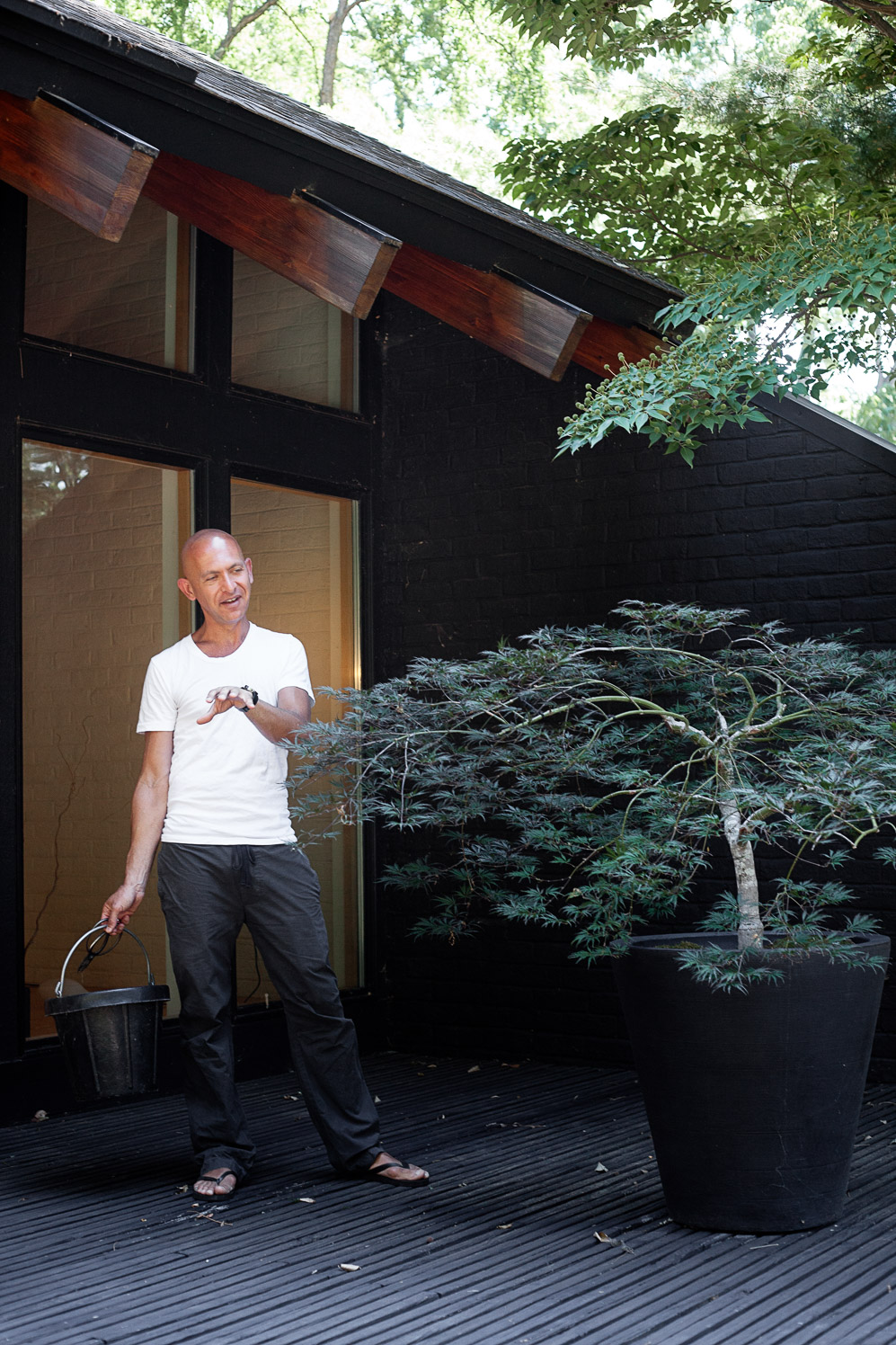
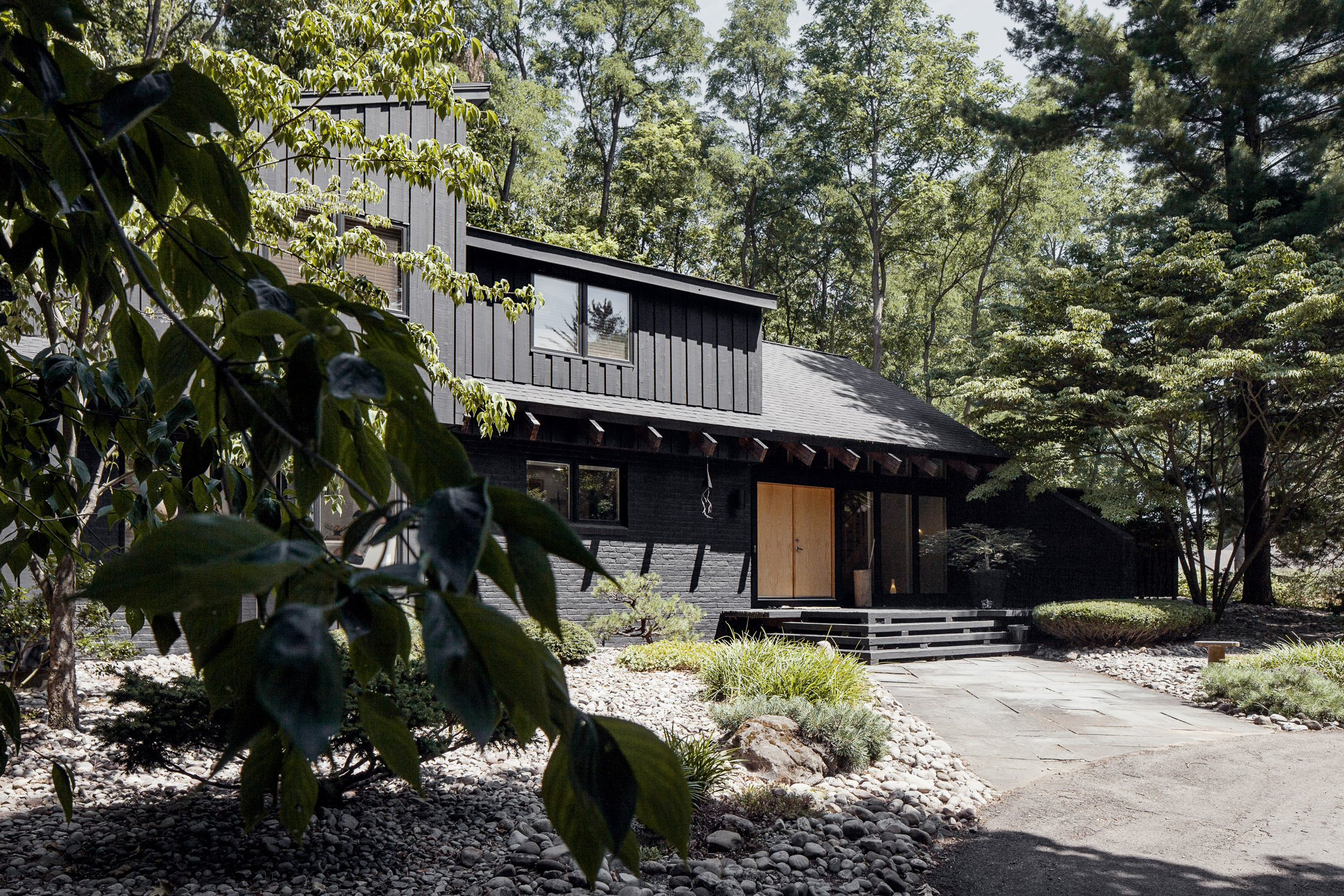
Thank you Josh,
For taking the time to speak with us and give us a glimpse into how you approach design and inspire your students with those same ideas. For more information on Josh, visit his website and see his full body of work.
This portrait was produced in collaboration with OTHR, the forward-thinking 3D Printing brand that is revolutionizing the way that we interact and produce objects. By collaborating with the world’s leading talent in design, they create aesthetically beautiful, purpose-driven objects that are also environmentally friendly. Follow along as we profile their international roster of designers here.
Text:Kevin Chow
Photography:James Chororos
